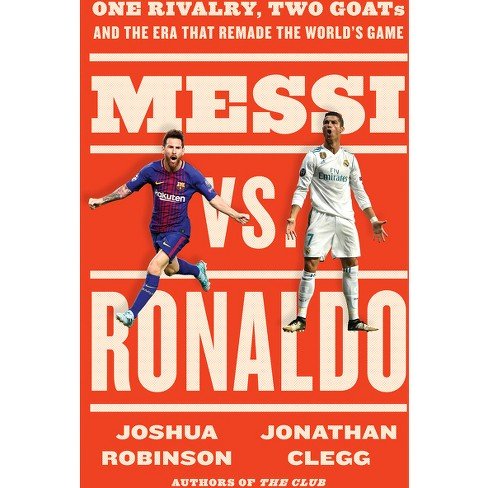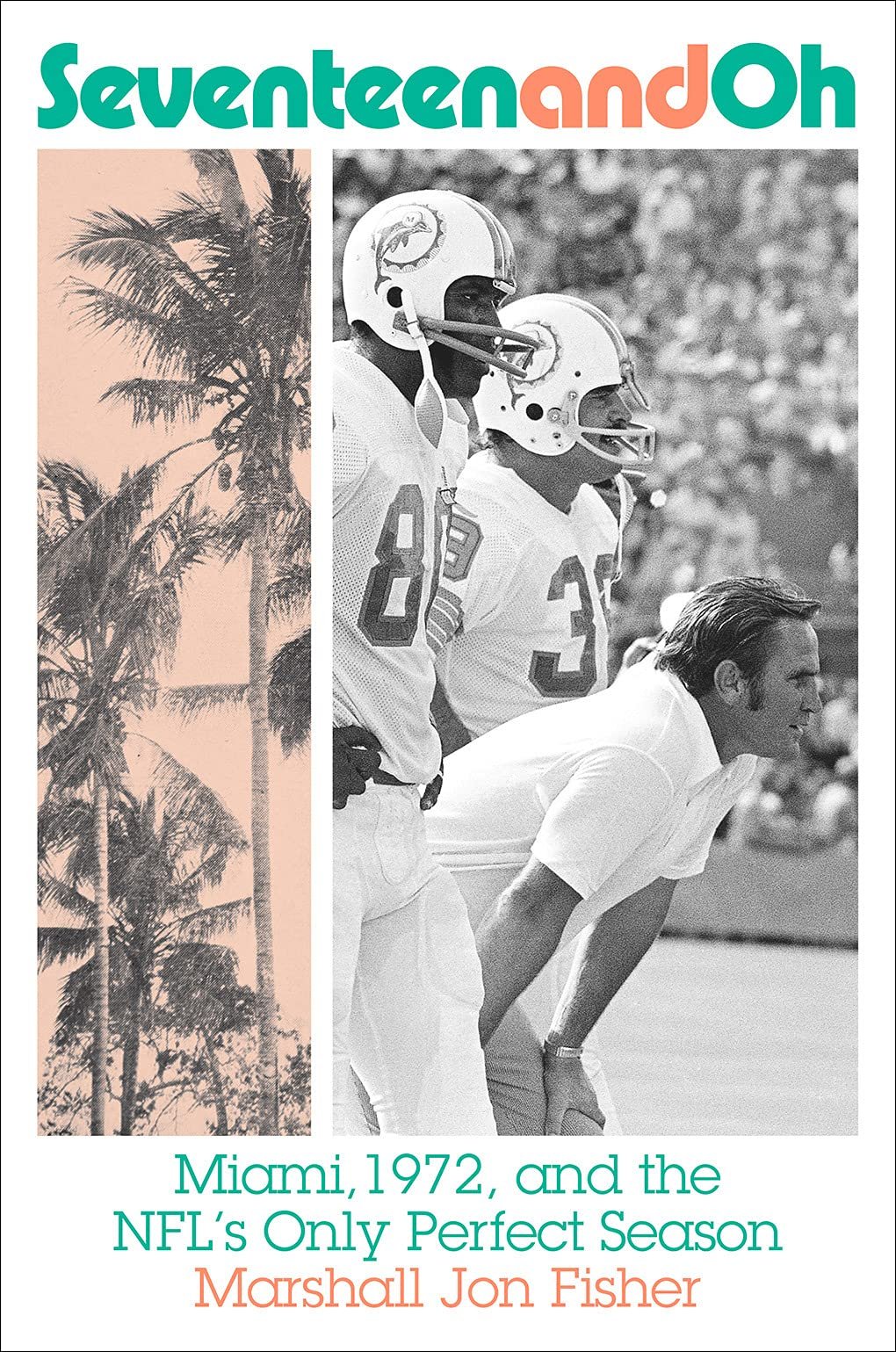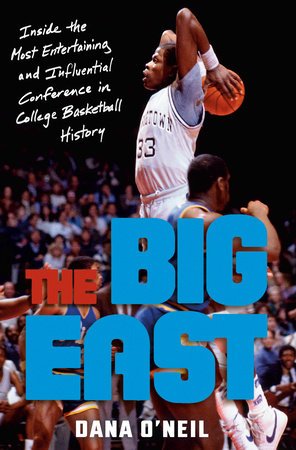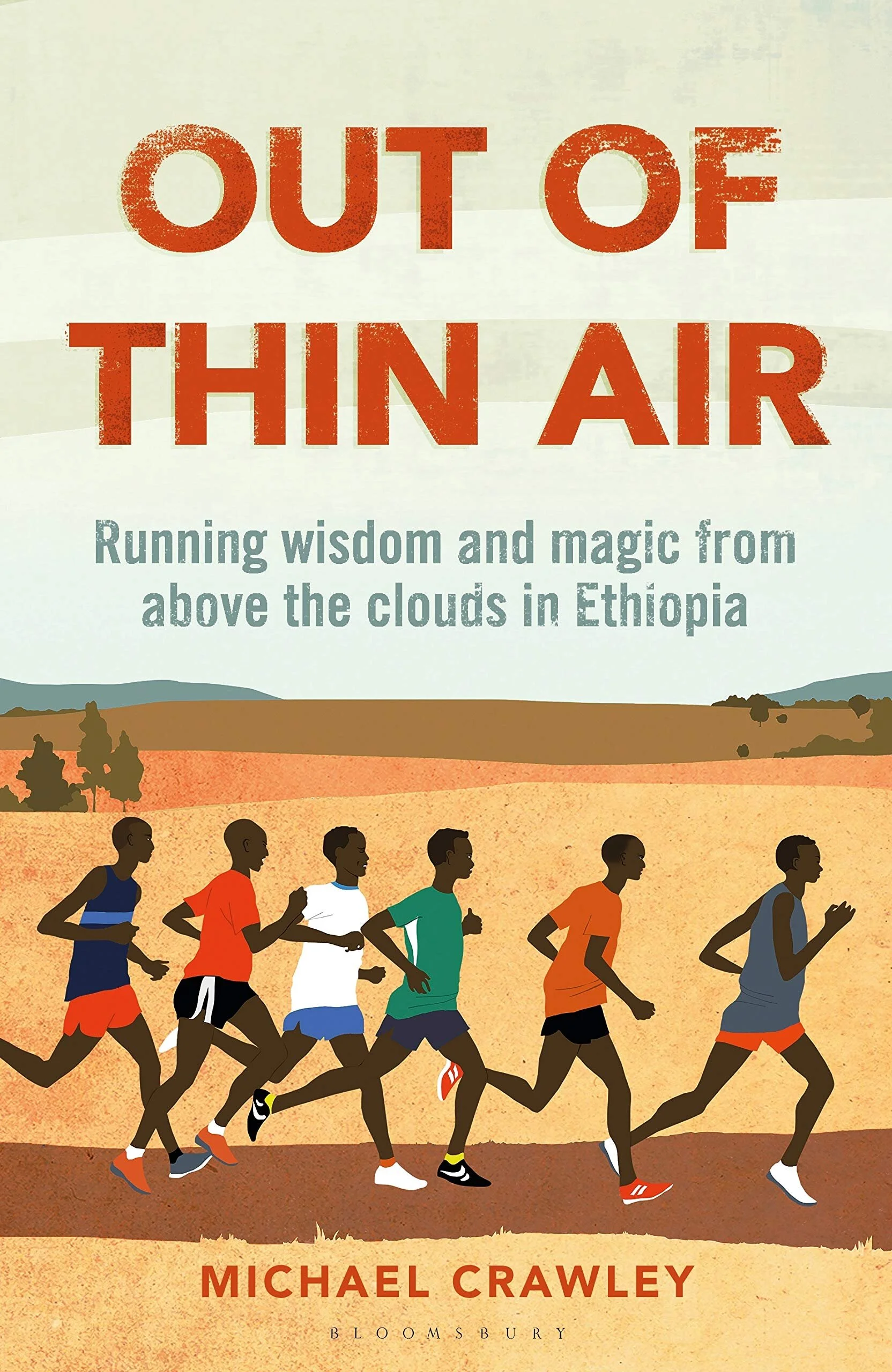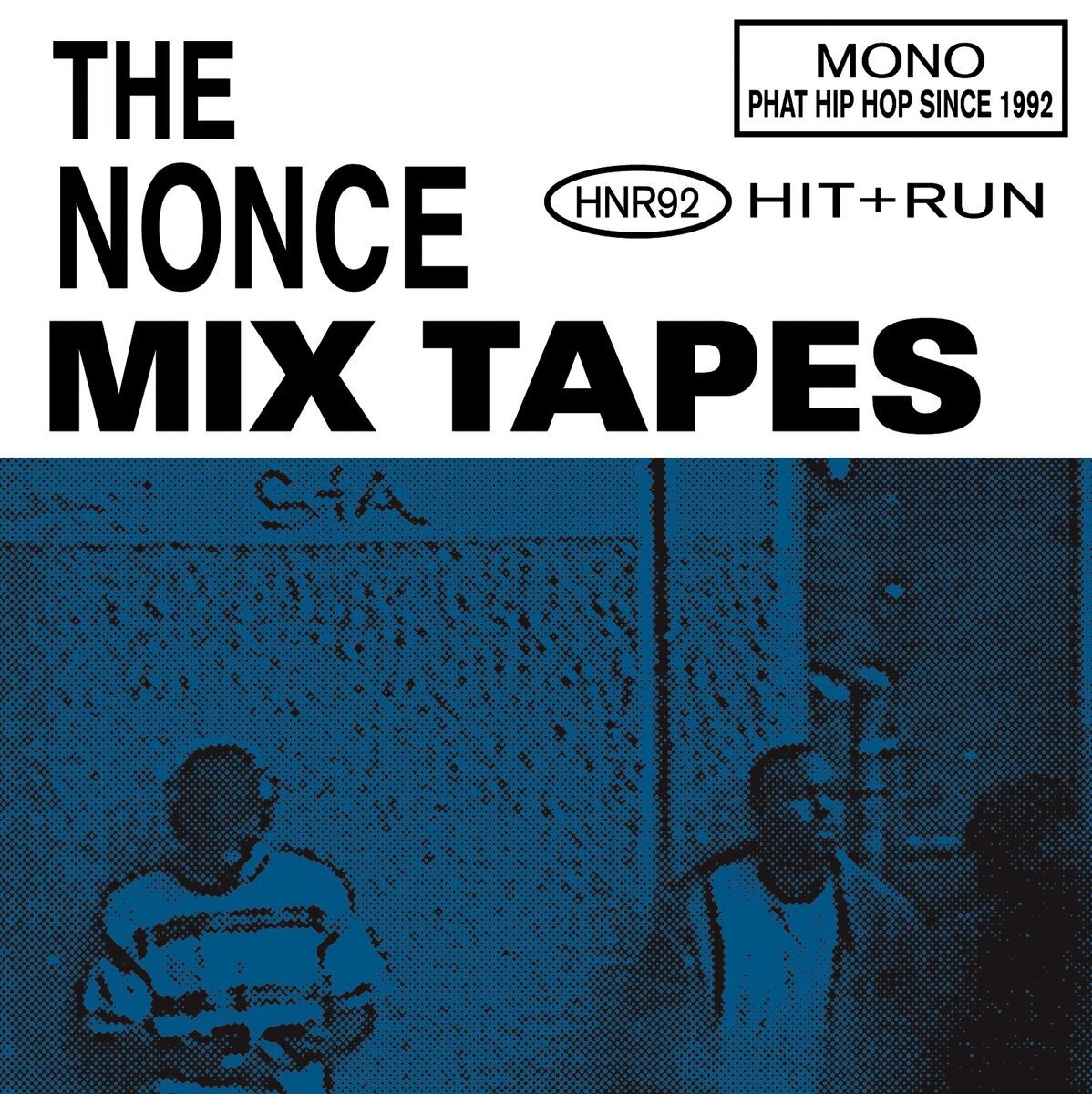Release Date: October 18th, 2022
Despite nearing 50 years of existence, hip-hop has very few authoritative histories, and the personal stories of the trailblazers and early innovators are at risk of being lost as many early pioneers start receiving their AARP cards. New York Times reporter Jonathan Abrams attempts to fill this gap with his new hip-hop oral history The Come Up and does a fantastic job.
I’ll get this out upfront: I’ve been reviewing books for about ten years now and I haven’t ever been as excited for an advanced copy as I was for The Come Up. I absolutely loved Abrams’ previous books Boys Among Men and All the Pieces Matter and I’m a huge hip-hop fan from Aceyalone to Zev Love X to AZ. And I’m pleased to say that Abrams delivers on this remarkably-personally-compelling premise.
The book’s foundation comes from more than 300 interviews conducted over 4 years. Abrams sits down with DJs, rappers, producers, label executives, reporters, and more, giving a full view of the history of both hip-hop music and the culture surrounding it. Like all oral histories, participation matters. Even the best writer is going to be hamstrung if they can’t get the right people with this. And thankfully Abrams is able to largely deliver on that front, with genre icons and pioneers across all eras covered. You get Kool Moe Dee, Kurtis Blow, Russell Simmons, Ice Cube, Killer Mike, Bun B, and loads more from all cities and eras. And sure, some luminaries like Chuck D and Rakim don’t make an appearance but both artists are covered well through people very close to them like Hank Shocklee from the Bomb Squad and Marley Marl. This helps ensure that no key topic gets short shrift in the narrative. I also thought it was neat how Abrams includes interviews from artists from all eras and cities to show how they influenced each other.
The Come Up proceeds in a largely chronological fashion, hitting on all of the major moments and players that you’d expect. It begins in the early 1970s and continues through roughly the early 2000s. There is some brief coverage of major events from the last 20 years like DAMN by Kendrick Lamar winning a Pulitzer Prize in 2018 and hip-hop becoming the top genre in the US according to Nielsen in 2017 but those passages are largely to illustrate where the genre has gone since rather than analyze recent history in-depth. If you view Eric B and Rakim’s 1987 LP Paid in Full as a dividing line between “early hip-hop” and the start of its “golden age” then about the first third of The Come Up is devoted to that early, pre-1987 era when the rhymes and production were generally simpler. I can’t say I’m a huge fan of early releases from artists like Grandmaster Flash, Kurtis Blow, and the Sugarhill Gang (especially the latter), compared those who followed, but it’s still fascinating to learn about the genre’s roots and early stages when there was so much freewheeling innovation going on and no codified “rules.”
The remaining two-thirds of the book feature Abrams hopscotching across boroughs and regions to illustrate the genre’s spread, still largely chronologically. Some major luminaries like Russell Simmons/Def Jam get entire chapters devoted to them that cover longer timeframes, but it never comes off as disorienting. The book is well-structured overall. Abrams intersperses helpful context between many passages and the reading experience flows very smoothly and Abrams never overshadows the interviews. There are also no awkward transitions or interview non sequiturs that plague some oral histories. Everything fits together like a perfect mosaic, not too dissimilar from the production on Paul’s Boutique or 3 Feet High and Rising (before sample sources got extra litigious). Abrams’ focus extends beyond the music to hip-hop as a cultural phenomenon, with extended coverage of films like Wild Style and the controversies surrounding 2 Live Crew and Ice T that also helped mold all aspects of the genre.
While there haven’t been any oral histories of hip-hop at the scale of The Come Up, the book is going to cover some stories and moments that a fan of the genre will be familiar with. Outside of some southern rappers (I’m not hugely into the Houston scene, mea culpa) I had at least passing familiarity with every artist/album/event that garnered a decent amount of mentions. But, I acknowledge I’m in my early 30s now and have devoted over half my life to inhaling every possible shred of content about hip-hop, and Abrams unearths some entertaining new insights about material I was quite familiar with and fond of. Case in point: I’ve listened to Low End Theory by A Tribe Called Quest billions of times but I had no idea that their record label Jive were so amused by Industry Rule #4080 (record company people are shady) from the song Rap Promoter that they created their own t-shirts celebrating it.
There are way more interesting nuggets like that, such as how legendary producer Pete Rock’s poorly-scheduled barber appointment nearly scuppered a recording session with Will Smith. And how Peanut Butter Wolf (founder of the legendary underground label Stones Throw Records) opened for a young Jay-Z and predicted Hov would never amount to anything. And how Q-Tip got his name, and how Chuck D wrote much of It Takes a Nation of Millions to Hold Us Back on the Long Island Expressway going back and forth from the studio, how (the apparently super-elusive?) Pete Rock flat-out missed recording with Shaquille O’Neal because he just wasn’t home when they came to his house and couldn’t be found anywhere. And and and.
If I haven’t made it abundantly clear how much I liked this book, then I should just hang up my reviewing keyboard and give it up. But yes, I really enjoyed this. It is one of the top 3 (out of many, many, many) books about hip-hop that I’ve ever read. I don’t have any big quibbles with it. I would have appreciated a bit more of a focus on production throughout (though there is a late chapter going into some dedicated detail on the craft of beatmaking), I’m a bit bummed that some of my favorites like De La Soul didn’t participate (but again, the roster of participants is massive and very strong), and I thought the Roots probably warranted more than about half a page (but they’ve always been a sorta self-contained group that is hard to link to other artists/cities outside of I guess the brief-lived Soulquarians) but those are tiny nits that all have parenthetical caveats. If you have no interest in hip-hop whatsoever I guess you won’t get a ton out of The Come Up. But you also wouldn’t have read this far if that was the case, or read this review at all. Simply put, if you like hip-hop at all you owe it to yourself to check this out and you should find it to be outstanding.
9/10
If You Liked This Book:
All the Pieces Matter by Jonathan Abrams. A very compelling oral history of the legendary television show The Wire. As I just tried to make clear in my review, Abrams is deft at composing readable and well-constructed oral histories and he works this magic on an oral history of one of the best television shows ever. He got great participation for this one too and draws out some compelling insights from the show’s major players.
Check the Technique 1 and 2 by Brian Coleman. This is basically an oral history format and features rappers and producers reflecting on their biggest albums. There is some brief exposition, interviews teeing up the album and recording process, and then the creators break everything down track-by-track. It includes interviews with Common, De La Soul, Black Moon, Ice-T, Redman, Run DMC, El-P, The Beastie Boys, and loads more. Most of the artists open up and share some great stuff (with Slick Rick sadly being a notable exception).
Ego Trip’s Big Book of Rap Lists by Ego Trip Magazine. Ego Trip was a short-lived magazine devoted to hip-hop that was published in the mid-nineties. It was irreverent and freewheeling but still clearly written by folks who had encyclopedic knowledge and deep love for the genre. This book is precisely what it claims to be: a bunch of lists and commentary about said lists. You have Big Boi’s favorite Atlanta strip clubs, DMC’s all-time NFL team, best and worst hip-hop advertising copy, best hip-hop songs about food, and a ton more. Utterly delightful.
The Big Payback by Dan Charnas. This is subtitled as “The History of the Business of Hip-Hop” and I feel that it’s an accurate description. Remarkably readable and gripping history of how hip-hop became big business and all the titans, rivalries, and artists who helped elevate it into an economic juggernaut. And if you want to geek out about rap production I also highly recommend Charnas’ 2022 book Dilla Time about J Dilla.


